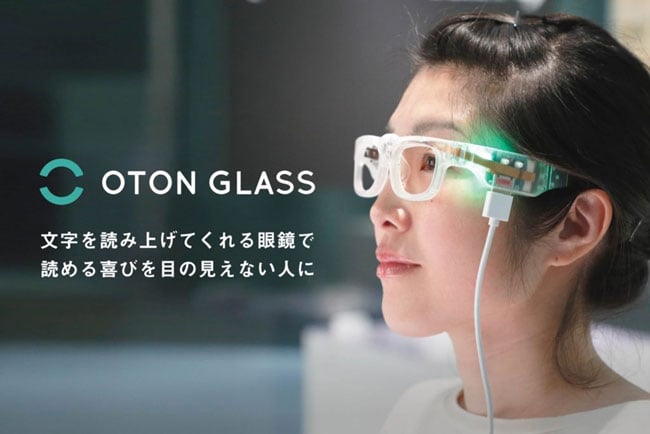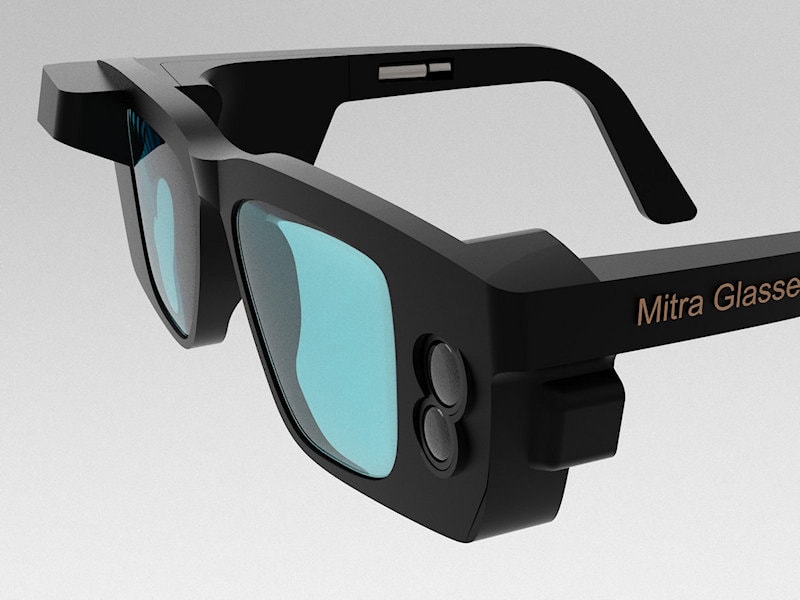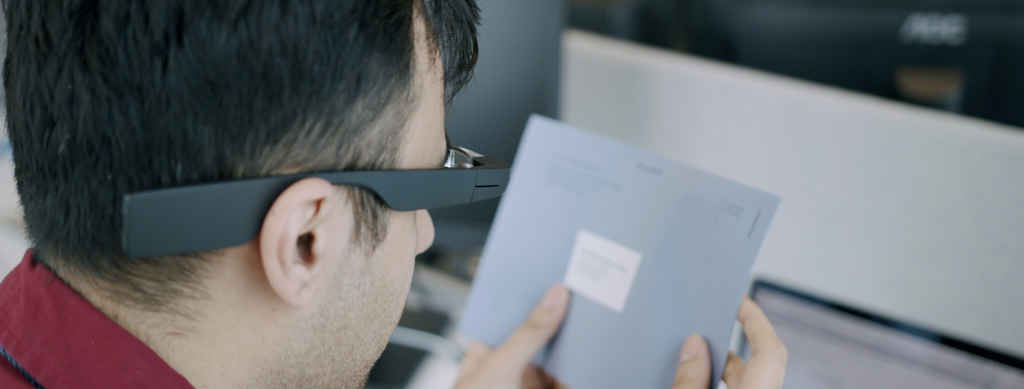Top Braille Displays and Notetakers to Enhance Accessibility for the Blind
Top Braille Displays and Notetakers to Enhance Accessibility for the Blind
Blog Article
Enhancing Accessibility Through Assistive Innovation for the Blind
The combination of assistive technology for the blind stands for a critical innovation in ease of access, basically modifying just how people browse their environments and engage with society. From display readers to ingenious clever canes, these devices not just boost freedom but additionally promote inclusivity in different rounds of life. As we explore the diverse kinds of assistive devices and their concrete influences on daily living, it ends up being essential to take a look at just how ongoing technological improvements are improving the landscape of support for the blind community. What effects do these growths hold for the future of ease of access?
Review of Assistive Innovation
Assistive modern technology describes a series of tools and software developed to enhance the capacities of people with specials needs, consisting of those that are aesthetically impaired or blind. This technology plays an important function in advertising independence and improving the high quality of life for customers. By giving alternate techniques for accessing details and doing day-to-day tasks, assistive technology empowers people to browse their environments better.
The advancement and application of assistive technology embrace a selection of principles aimed at promoting accessibility. These concepts include user-centered design, which prioritizes the requirements and preferences of the individual, and the assimilation of modern technology right into day-to-day activities. Such developments ensure that assistive gadgets are not only practical but additionally user-friendly and easy to utilize.
In addition, assistive technology includes a diverse range of services, from low-tech alternatives like magnifiers to high-tech innovations such as screen visitors and Braille displays. The recurring advancement of this area is driven by the need to attend to the distinct difficulties encountered by people with visual disabilities (Wearable technology for low vision). As technology continues to breakthrough, the possibility for boosting access and advertising inclusivity stays appealing, ultimately adding to a much more fair culture

Kinds Of Assistive Gadgets
Many kinds of assistive tools are available to sustain individuals who are aesthetically damaged or blind, each created to address details demands and challenges. These devices can be extensively categorized into 3 main types: low-tech, mid-tech, and high-tech services.
Low-tech devices consist of things such as magnifiers, Braille labels, and responsive maps. These are relatively simple devices that improve the customer's ability to connect with their setting without needing complex modern technology.
Mid-tech devices typically include more sophisticated functions, such as digital magnifiers and portable Braille note-takers. These devices can supply functionalities like speech outcome, enabling individuals to access information extra efficiently.

Influence On Daily Living
The schedule of numerous assistive tools considerably boosts the lifestyle for people who are blind or aesthetically damaged, influencing their daily living in profound ways. By incorporating innovations such as display viewers, Braille shows, and audio summary services right into their regimens, customers get higher autonomy and independence. These devices assist in accessibility to information, enabling individuals to do day-to-day jobs, such as checking out emails, browsing public rooms, and enjoying media content.
Furthermore, assistive devices equip individuals see page to engage more fully in social interactions and community tasks. The capacity to make use of smartphones geared up with ease of access functions enables smooth interaction and connection with others. This connection promotes a feeling of belonging and reduces feelings of seclusion.
In specialist settings, assistive innovation sustains productivity by allowing people to complete work jobs successfully. Devices like voice acknowledgment software and specialized magnification devices enable customers to get involved in the workforce on equal footing with their sighted peers.

Improvements in Innovation
Current technological developments have actually substantially transformed the landscape of tools readily available for people that are blind or visually impaired. The integration of artificial knowledge (AI) and equipment knowing has actually generated applications that enhance navigating and item recognition. Mobile phone applications can currently utilize AI to recognize and define environments in real-time, supplying users with useful contextual info.
Additionally, innovations in haptic innovation have led to the advancement of clever canes furnished with sensing units that find obstacles and offer tactile responses. This encourages customers to navigate their setting with enhanced self-confidence and independence. Technologies in text-to-speech software and braille displays have actually enhanced the ease of access of electronic content, enabling for smooth interaction with different media.
Wearable innovations, such as smart glasses, are also making strides in helping aesthetic disability. As innovation continues to advance, the possibility for even more transformative devices continues to be on the perspective.
Future Trends and Innovations
As innovation rapidly advances, the future of assistive tools for individuals that are blind holds immense pledge. Advancements in expert system (AI) and maker discovering are positioned to transform the method blind individuals interact with their atmospheres. AI-driven applications are being created to enhance things acknowledgment, enabling users to identify and navigate weblink their environments with better ease and accuracy.
In addition, advancements in haptic feedback technology are making it you could try this out possible for the development of tactile maps and navigation aids that provide real-time details through touch. These innovations not only enhance wheelchair but likewise foster independence. Furthermore, wearable gadgets geared up with enhanced reality (AR) attributes are emerging, supplying customers visual information via audio descriptions, consequently connecting the space between the physical and digital worlds.
Furthermore, the combination of smart home technology offers brand-new possibilities for access, allowing individuals to regulate their living environments through voice commands or mobile phone applications. As cooperation in between tech designers and the blind community continues, the focus on user-centered layout will certainly guarantee that future developments are tailored to meet the special demands of this populace (Wearable technology for low vision). The trajectory of assistive technology guarantees an extra empowering and comprehensive future for people that are blind
Conclusion
Finally, assistive modern technology plays an important role in improving ease of access for people with visual impairments. The varied variety of devices, including display visitors and smart walking sticks, dramatically enhances everyday living and promotes independence. Continual advancements in technology and user-centered design make certain that these devices cater effectively to the one-of-a-kind requirements of the blind community. As innovations progress, boosted inclusivity and empowerment can be prepared for, eventually enhancing the lifestyle for those impacted by visual problems.
The assimilation of assistive modern technology for the blind represents a pivotal development in availability, essentially changing exactly how people browse their atmospheres and engage with culture.Assistive modern technology refers to a range of devices and software application made to enhance the capacities of individuals with impairments, consisting of those who are blind or aesthetically damaged. Wearable technology for low vision.As innovation swiftly progresses, the future of assistive tools for individuals who are blind holds immense assurance. The trajectory of assistive technology guarantees a more empowering and comprehensive future for individuals that are blind
In conclusion, assistive innovation plays a crucial role in enhancing accessibility for individuals with visual impairments.
Report this page